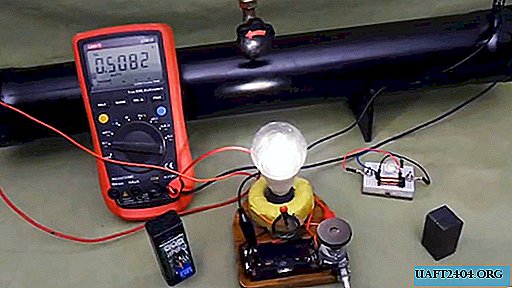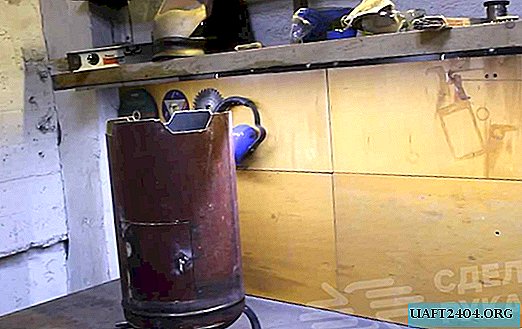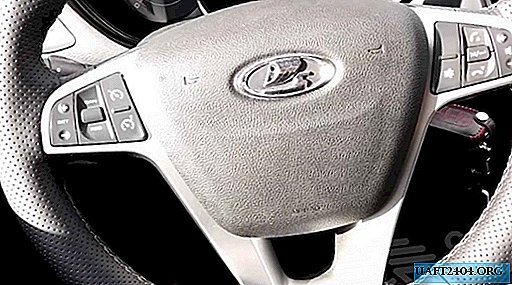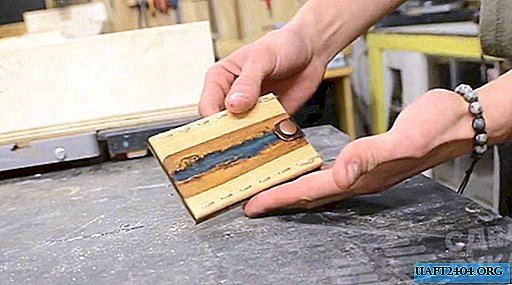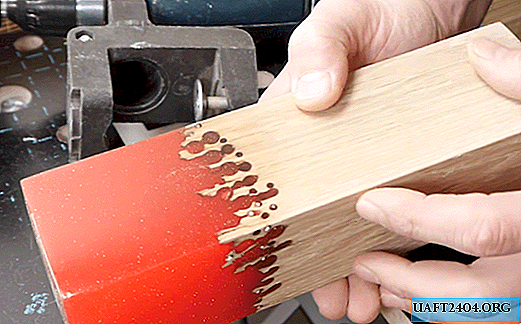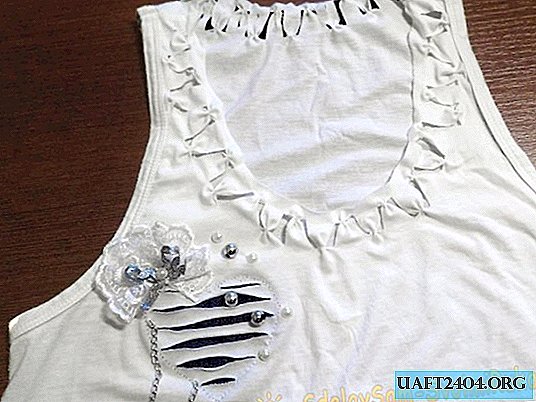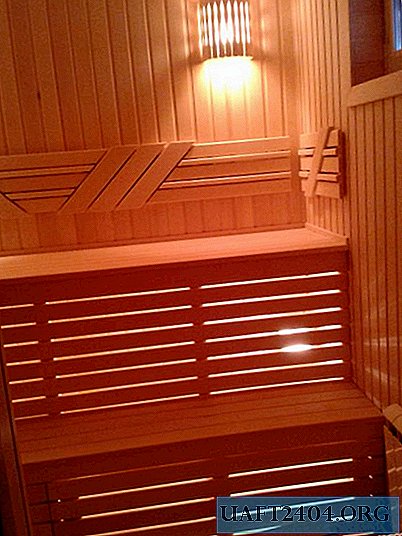Share
Pin
Tweet
Send
Share
Send
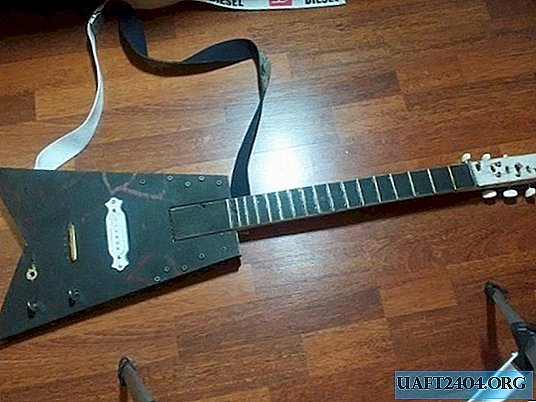
This was my first handmade guitar. Therefore, it does not look very good, and the sound is not the best, but it gives it its own charm. The guitar works, that is, you can play it (or learn how to play it like me), and this is the main thing. In addition, making this electric guitar is a great experience and the next instrument was already much better.
I advise you to immediately stock up on all the accessories in order to bring the guitar to a working state right away, and not to suffer later with a semi-finished instrument.
You will need:
- Pickups.
- Frets.
- Kolka.
- The strings.
- It’s desirable that the door sill and the bridge, but I also have homemade ones.
I started with the soundboard. Of course, it would be nice to make some musical tree (maple, spruce, alder, etc.) from a solid board. I made it from three pieces of 10 mm plywood. They are all even of different sizes. I sawed the largest plywood in the shape of an arrow. On the Internet there are a huge number of stencils for electric guitars, but you can show your imagination and come up with something of your own.


Case, for now, leave alone. We will deal with the vulture. I cut it out from a maple board. The markup is as follows:
- Length - 650 mm;
- Width - 50 mm;
- Nut width - 45 mm;
A tree, by the way, is very suitable. The next step is to insert the anchor or anchor bolt. An anchor is a screw that is screwed into the end of the neck (where the head of the neck). It protects the neck from bending when tensioning the strings. But I thought that for this particular guitar an anchor is not needed. Moreover, non-anchor electric guitars really exist. Also, the neck will do without a lining. On the front side (where the frets will be), we process the bar with a file and sanding belt, giving it a rounded shape.
Now, on the back side of the bar, it is also necessary to give an arched shape. To do as I do, i.e. to cut with a knife, it’s better not to. It is better to process with a planer, as it is much easier to control than a knife that can cut too deep and ruin the entire bar. Then we process it with a sanding belt, i.e. sandpaper, gradually increasing grit. So you do not need to handle the entire bar. Leave 100 mm at the beginning of the neck, where it will be attached to the deck.
Back to the case again. Now you need to mark where the bar will be attached. After that, in the upper and middle plywood, I made a neckline using a drill and a hacksaw. I attached the fingerboard as it will already be in the finished guitar and began to consider the scale. Mensura is the distance from the bridge (lower nut) to the upper nut. We mark where there will be both.
Next, mark where the sensor will be. Now there is a drilling and milling work. Those. make grooves for the pickup and bridge. I got them through, due to the insufficient thickness of plywood. Next, I fastened all 3 plywood with the most reliable of the known fasteners - black self-tapping screws. If the self-tapping screw is black, metal will play better. About resonance and all that, I then did not think at all. The smallest will hold the bar, surely, right? In it, I immediately drilled 4 holes and marked these holes on the neck.

Next, a bridge is installed in the deck. It would be nice if it was, but if not, it will roll plexiglass or any material softer than the strings. Since the hole for it is through, I had to screw an iron plate from the back so that the bridge would not fly out. Next, insert the pickup. On the back of the deck for him is also screwed a plate of aluminum cans. With two extreme screws, a white plate is attached to the body, it also closes an oversized hole. The two pickups attach the pickup itself to this plate. You can even adjust the height of the sensor. Using it with a file, we make small cutouts for the strings on the bridge. Each string should be above its magnet. For two potentiometers, I did not have the right drill. Only for the twists themselves. We insert them into the deck, and we will twist them with the help of coins. So even better. I fixed the potentiometers with a hot glue known as hot snot.






We will fix the strings in an adult way - through the body. In the deck, I drilled six holes for the strings.
Now back to the vulture. It is necessary to mark out where the frets will be. You can do this in many ways, for example, find the right template on the Internet, which I recommend. We make cuts for the frets using a hand jigsaw. If the cut does not fit in, you need to expand it, if you do not hold it, then you will have to paste it, which I did. Upper nut, it is also desirable that it was, but I made from cold welding. But this is far from the best option. Next, drill holes for the pegs and install them. The screws that were bundled with these pegs, I did not like, too small. I screwed a little more. These spikes, by the way, for a classical guitar, I bought them, since they were the cheapest (about 90 rubles).



The guitar can now be painted. Since it is plywood and an ordinary board, I painted with a simple acrylic paint. You can paint with stain, also not a bad result will be. Further ideally varnish.
Now you can assemble the guitar. We will fasten the neck with four screws through a unique platform. It is made of several aluminum cans and a rubber pad. It remains only to install the strings. Oh yes, I almost forgot about the exclusive belt, from the belt. More precisely, from two jeans belts. Mounted on two screws. They can even adjust the height.

This tool soaked with hatred and pain even works. Although it was made for beauty. You can play something on any garbage, but the devilishly expensive guitars are not for us.
The advantage of this guitar is that it is homemade. You better understand how this musical instrument works. This is a good experience. The first electric guitar most likely will not work out very cool, but you remember all your jambs and the next time you won’t fill those same cones.

P.S. The guitar is very suitable for playing grunge or punk rock, or even heavy metal.
P.S.S. For the New Year you can save on the Christmas tree, this guitar will always delight you.

Share
Pin
Tweet
Send
Share
Send


